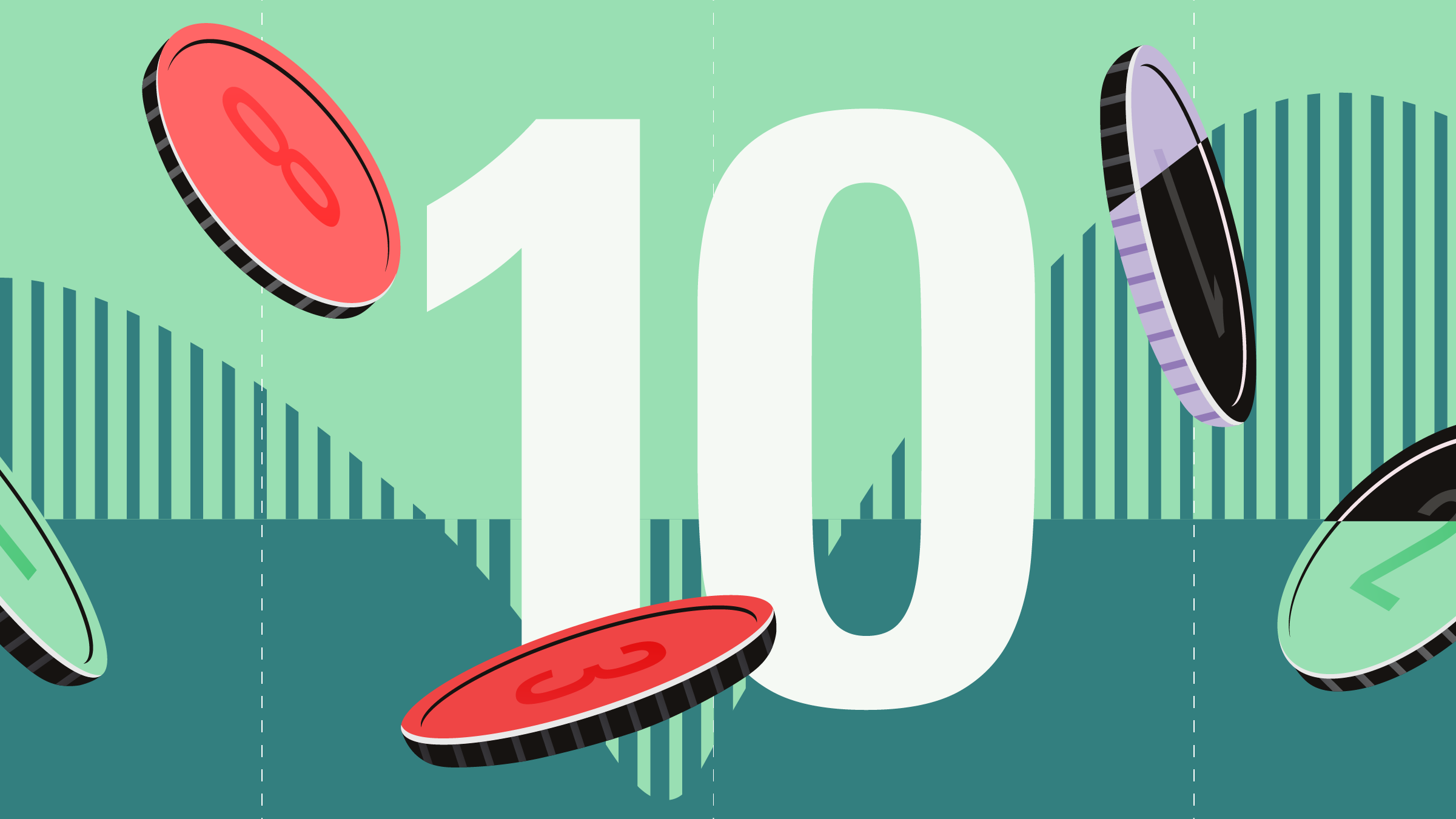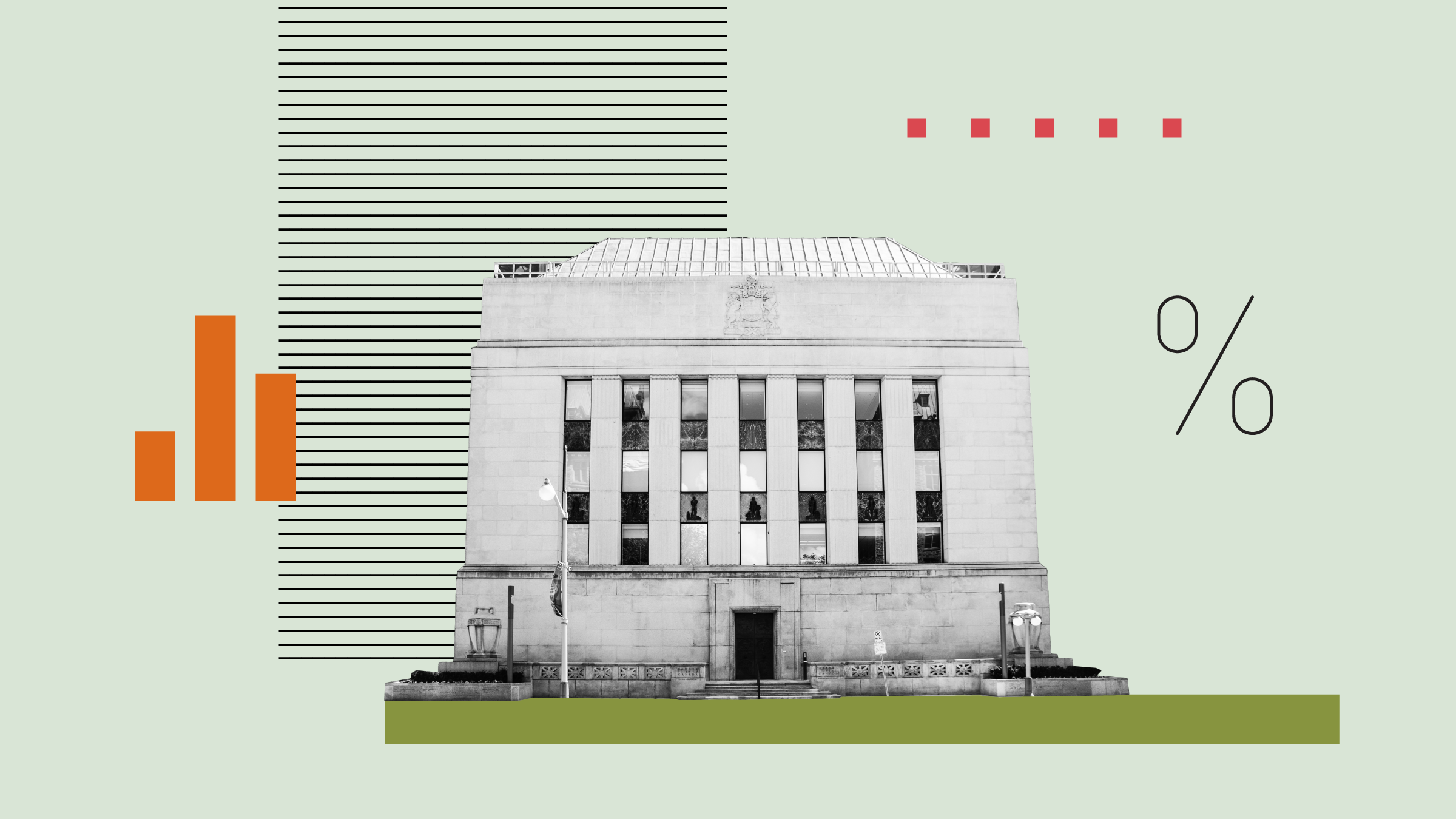
As our bank accounts get hit by both inflation and interest rate hikes, it might be worth double-checking the delicate balance between our obligations and earnings, especially if you're starting to feel a little light on funds.
What’s a Debt-to-Income Ratio and Why Does it Matter?
“Your debt-to-income (DTI) ratio is a measure of your monthly debt obligations compared with your income streams,” says Morningstar’s behavioural economist, Sarah Newcomb. She identifies the metric as one of five vital signs of financial independence. “Your DTI ratio affects your creditworthiness to financiers, and it can have a large impact on the cost of borrowing money,” she adds.
To estimate your DTI, start by adding up all of your monthly debt payments (mortgage, alimony, auto and personal loans, credit cards, school loans) or “any large, fixed monthly payments you can’t avoid,” and divide them by your pre-tax monthly income, says Jean-Marie Chan, a certified financial planner and certified public accountant at Money Coach JM, “It says ‘debt’, but it may not be debt to bear.”
Here’s an example:
Let’s say you pay $1,500 a month for a mortgage or rent, plus $200 in monthly auto payments, $100 in credit card interest and $200 in student loan payments, you’d have $2,000 in monthly debt payments. If your income is $6,000, your debt-to-income ratio would be 33%.
A debt-to-income of 33% means that a third of your income is going towards maintaining your current debt and according to the experts, and it’s about as high as it should get.
What’s a Good Debt-to-Income Ratio?
“There are different schools of thought about what constitutes a “good” DTI, but if you want to qualify for the best interest rates and credit cards, keeping your DTI below 36% is a decent guideline,” says Newcomb.
Chan is more cautious these days, suggesting individuals keep their DTI below 25% as he’s been concerned about the increasing burden of mortgages on household finances, generally.
When meeting with clients, “one of the first things we want to do is look at the mortgage itself, and how much it’s up [over a period] relative to gross income.” It’s important for the debtholder to draw the red line on how much additional debt they can handle. “The banks, they like to loan you money, so they use a ratio of up to 43%. And the trouble with that is when interest rates go up, people who were at 43% - well now they’re close to 50%.” And at this point, it’s very difficult to make progress. “If you have a high DTI,” says Newcomb, “you will be charged higher interest rates for borrowing, which can turn into a vicious cycle of debt.”
If you want to build wealth, careful debt management is key, says Chan. “A dollar you save at age 25 isn’t the same as the dollar you save at age 55. We know that about compounding money. But it’s very difficult to do if you’re not disciplined. And the world tells you that debt is good. And you’re bombarded with ads that know exactly what you like to look at and buy.” It’s not easy being disciplined with debt these days.
How to Lower Your Debt-to-Income Ratio
We’re up against a lot when trying to maintain budgetary restraint these days, so it’s important to address any overspending habits and understand what’s driving them. “Stop rationalizing and start recognizing your weak points. Are there certain areas of spending where you tend to go overboard?” asks Newcomb in her Four Steps to Combat Overspending. Are there needs driving these expenses? Can they be addressed in a less expensive way?
Common sources of spending and debt, for example, are recognition or self-esteem. “I see young professionals who just finished school and start working. And the first thing they do is buy a Tesla. And they haven’t even paid off their student loan yet. I understand, they’ve worked so hard, for so long – and they’re finally making some money,” Chan says, “The problem is now they have the car debt, they need to find a home as well and they still have student debt. It’ll take them years to pay off, even with a huge income.” Chan suggests sacrifices are needed, like “driving that old Volkswagen” and trying to pay off that debt first. But he agrees, it’s easier said than done.
One way to motivate yourself to make those sacrifices is to recognize that “whatever actions you take today, will affect your future self in 10, 20 years,” says Chan. And not just financially. “As a consumer, we’re overly cautious about the environment,” Chan points out, “But if you only buy the new model, what do you do with the old model?” Developing healthy savings habits is “better for you, those who depend on you, and the whole environment.”
What About “Good” Debt?
In your quest to make the world a better place through reduced spending and debt, just be aware that you may still need some amount of debt. A degree of leverage may be required to get you through school or buy that first home. It’s debt for the wants where it becomes a problem, and that includes borrowing to invest in equities when your risk profile suggests paying down debt is a better decision.
“A few years ago, I had people telling me: ‘I can borrow money for 1%, 1.5%, and then for sure, my investment will go up’, says Chan, “I know people that have done that and done well. People have done well, by just borrowing. But then they were investing heavily in equities. And they haven’t been following their risk profile. And then markets went down.” Younger investors can’t be blamed for having been optimistic as they’ve gone through decades of relatively solid equity growth, but there’s no guarantee it’s going to continue forever.
If you’ve decided to dedicate your resources to paying down debt, target the ‘bad’ debt first. Credit cards have much higher interest than secured lines of credit, for example, and you’ll want to distinguish and target the higher-interest debt to pay off first. In managing your debt, also be aware of the differences between your DTI ratio and your “debt-to-limit,” or credit utilization, which shows how much debt has been made available to you, and how much you’re using. Your credit score, for example, uses credit utilization, but your DTI can show you a bigger picture and better help you understand your monthly obligations.
Making Progress is Better than Striving for Perfection
Finally, remember to be patient with yourself on your debt-reduction journey. There will be mistakes and impulse purchases on the way, and that’s okay. “Habit change takes time and repetition,” says Newcomb, “One way to help solidify a new habit is to reward yourself immediately when you do the new thing instead of the old. The reward doesn’t need to be large. Put a gold star on your calendar or in your journal for the day, and write down what you did and why you’re proud of it. Something as simple as a mental, “Heck, yeah!” as you walk away might do the trick.”



















